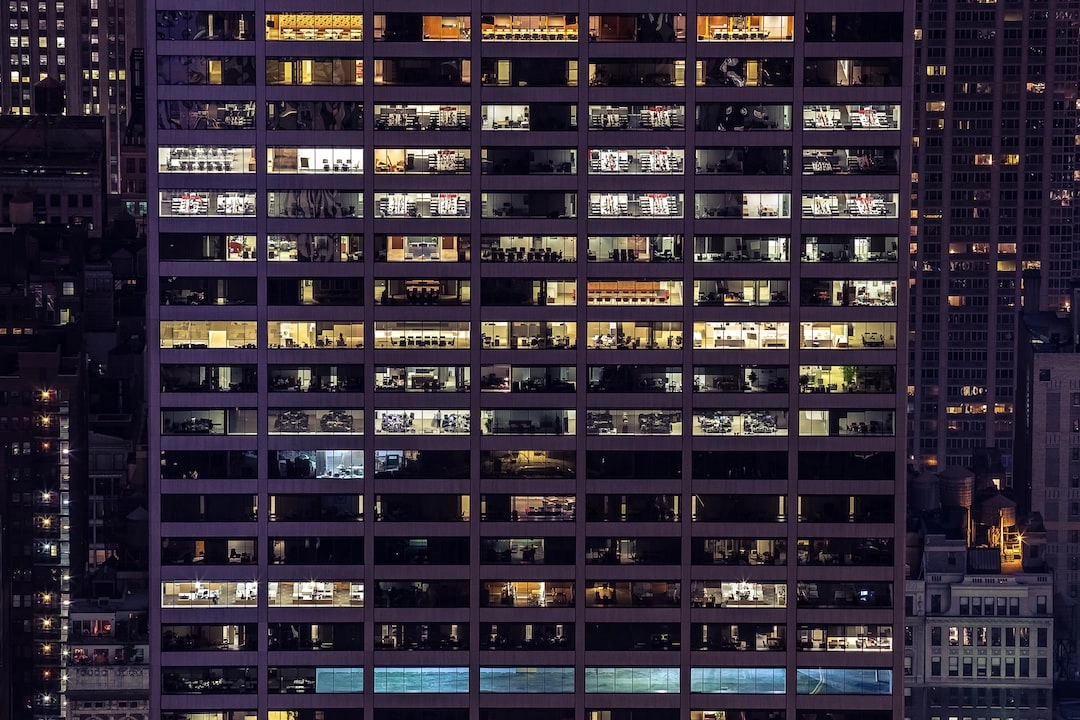What is Eco-Conscious Trends in Modern Architecture: A Focus on Sustainability?
Eco-conscious trends in modern architecture refer to the design principles and practices that prioritize sustainability and environmental responsibility. Architects and designers are increasingly incorporating eco-friendly elements and sustainable strategies into their projects, aiming to minimize the negative impact on the environment throughout a building’s lifecycle.
Real-World Problems Associated with Eco-Conscious Trends in Modern Architecture:
While eco-conscious trends in modern architecture have numerous benefits, there are also several real-world problems and challenges associated with implementing these practices.
1. Cost and Affordability:
One of the major hurdles in adopting eco-conscious trends in modern architecture is the initial cost of sustainable materials and technologies. The use of renewable energy systems, energy-efficient materials, and advanced technologies can often be more expensive compared to conventional building practices. This cost difference can discourage some architects, builders, and homeowners from embracing sustainable design.
2. Limited Availability and Knowledge:
Another challenge is the limited availability of sustainable materials in some regions. It can be difficult to source locally-produced, eco-friendly materials, which may increase the project’s carbon footprint due to transportation. Furthermore, a lack of awareness and knowledge about eco-conscious building practices is still prevalent in the industry. Architects and designers need access to the latest research, resources, and training to seamlessly integrate sustainable features into their projects.
3. Regulatory Barriers:
The existing building codes and regulations in many jurisdictions do not always align with eco-conscious architectural principles. This can create obstacles for designers who want to incorporate innovative sustainable solutions. Additionally, obtaining permits and approvals for unconventional systems and designs can be more challenging and time-consuming.
4. Integration of Sustainable Technologies:
The successful integration of sustainable technologies into building designs requires proper planning and coordination. Integrating elements such as solar panels, rainwater harvesting systems, and green roofs requires careful consideration of the architectural aesthetics, structural implications, and maintenance requirements. Architects and builders need to have a deep understanding of these technologies to ensure their effective implementation.

Solutions to the Real-World Problems in Eco-Conscious Trends in Modern Architecture:
While there are challenges associated with implementing eco-conscious trends in modern architecture, there are also solutions that can help overcome these obstacles and promote sustainable design practices.
1. Cost-Effectiveness and Affordability Initiatives:
To address the cost barrier, governments and organizations can offer incentives, grants, and financial support to encourage the use of sustainable materials and technologies. This can help offset the initial investment and make eco-conscious design more economically viable. Additionally, increased demand for sustainable products and materials can lead to economies of scale, making them more affordable.
2. Education and Awareness:
Efforts should be made to provide architects, designers, and builders with access to comprehensive training and education on eco-conscious architecture. This can include workshops, certifications, and collaborations with sustainability-focused organizations. By enhancing knowledge and awareness, professionals can confidently integrate sustainable practices into their designs and contribute to a more sustainable built environment.
3. Updating Building Codes and Regulations:
Advocacy efforts are crucial in encouraging governments and regulatory bodies to update building codes and regulations to align with eco-conscious principles. Updates should include provisions and incentives for incorporating sustainable technologies and materials. This can streamline the approval process and eliminate barriers that discourage the adoption of sustainable design practices.
4. Collaboration and Research:
Architects, designers, engineers, and researchers should collaborate to develop innovative solutions and share knowledge and best practices. This can help address technical challenges and improve the integration of sustainable technologies. Research institutions and professional organizations can provide platforms for this collaboration, promoting the exchange of ideas and fostering advancements in eco-conscious architecture.













